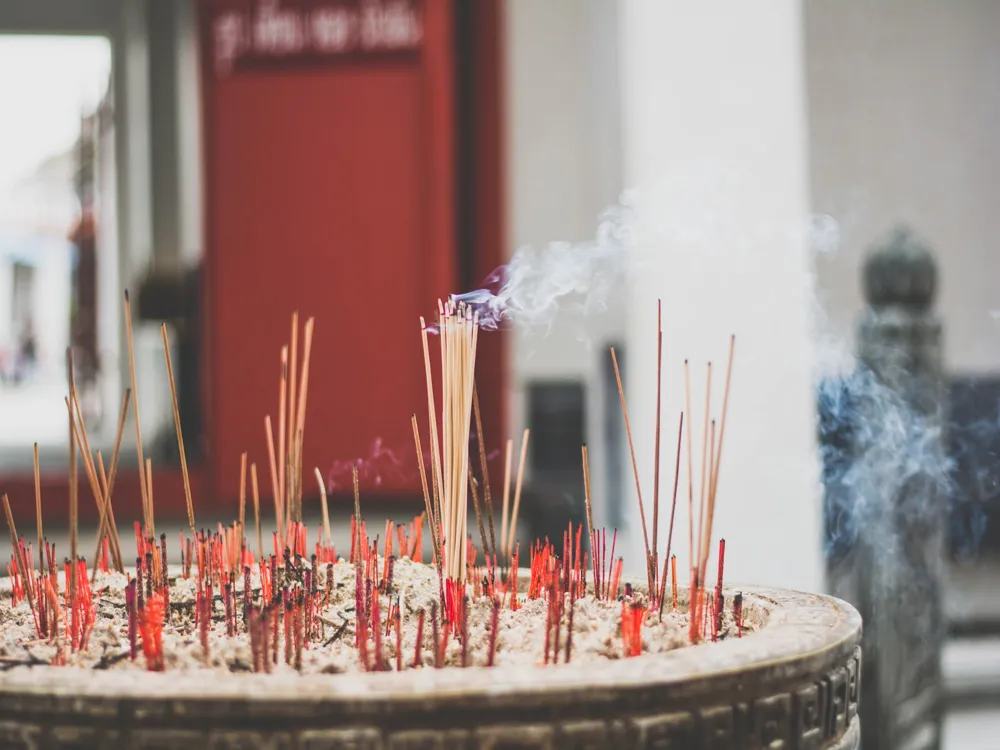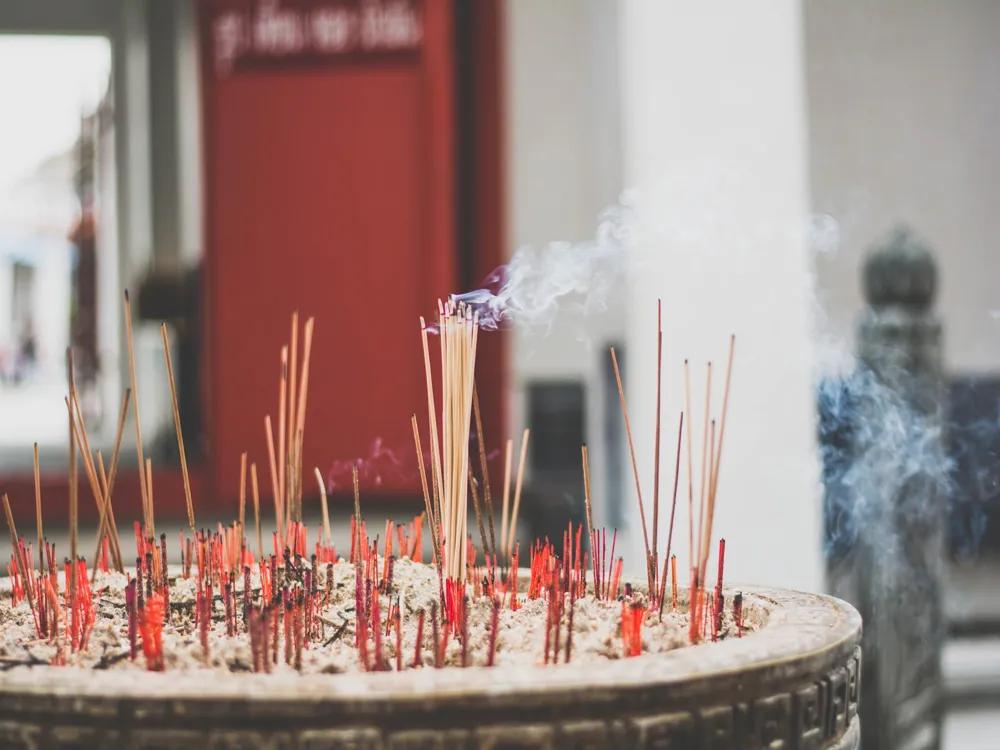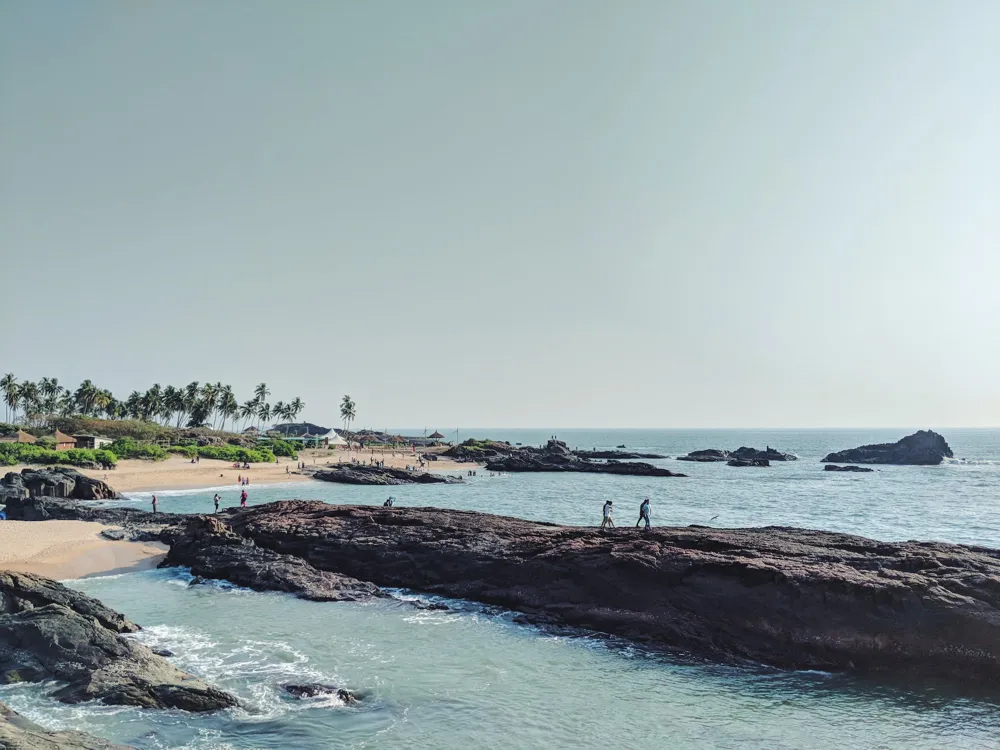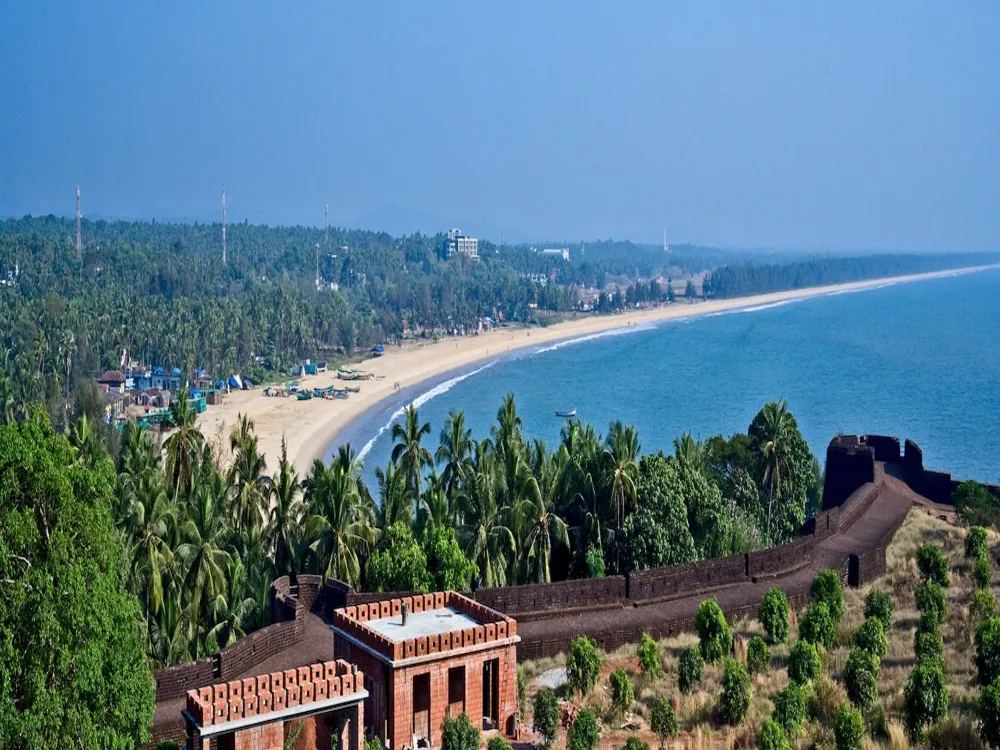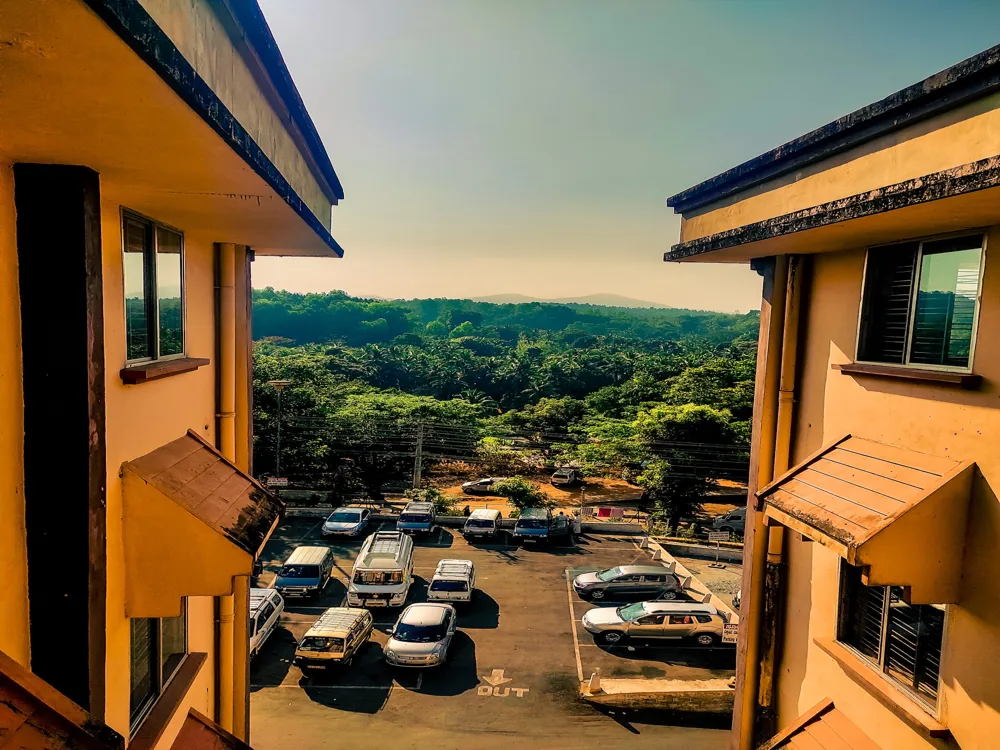The Sultan Battery, nestled in the coastal city of Mangalore in Karnataka, India, stands as a historical and architectural marvel. This formidable watchtower, constructed by Tipu Sultan in the 18th century, was primarily built to safeguard the coastline of the Karnataka region from British naval attacks. Over the years, Sultan Battery has transcended its original military purpose, morphing into a significant historical site and a popular tourist destination. The structure's historical significance is deeply intertwined with the colonial history of India, particularly the resistance against the British invasion. The Sultan Battery not only offers a glimpse into the past but also provides a panoramic view of the Arabian Sea, making it a perfect spot for history enthusiasts and nature lovers alike. Tipu Sultan, known for his valiant resistance against British colonization, strategically placed the Sultan Battery at the mouth of the Gurupura River to ward off enemy ships. The construction of this watchtower was a testament to Tipu Sultan's foresight and military acumen. Over time, the Sultan Battery has witnessed several historical events and has stood as a silent testament to the changing tides of time. Today, it serves as a reminder of the region's rich history and the legacy of Tipu Sultan's reign. The Sultan Battery is a splendid example of 18th-century military architecture, blending functionality with aesthetic appeal. The structure was built using black stones, which were known for their durability and strength, an essential feature for a fortification of this nature. The watchtower's architecture reflects the typical style of military buildings of that era, characterized by thick walls, small windows, and strategic positioning for maximum defense capability. One of the most striking features of the Sultan Battery is its series of chambers and battlements, which were used to mount cannons. These chambers were ingeniously designed to provide soldiers with a safe vantage point to spot and attack approaching enemy ships. The fort also includes a series of underground tunnels, which were used by soldiers for quick and discreet movement. These tunnels also played a crucial role in emergency evacuations during times of siege. While Sultan Battery is open throughout the year, the best time to visit is between October and March. During these months, the weather in Mangalore is pleasant, with minimal rainfall, making it ideal for exploring the fort and its surroundings. Visitors are advised to wear comfortable clothing and sturdy footwear, as exploring the Sultan Battery involves a fair amount of walking. Given the tropical climate of Mangalore, light, breathable fabrics are recommended. For photography enthusiasts, the Sultan Battery offers numerous picturesque spots. The best time for photography is in the early morning or late afternoon, when the lighting is soft and ideal for capturing the architectural beauty of the fort. Sultan Battery is easily accessible from various parts of Mangalore. The nearest airport is the Mangalore International Airport, which is approximately 15 kilometers away. Visitors can hire taxis or use public transport to reach the Sultan Battery from the airport. For those traveling by train, the Mangalore Central Railway Station is the closest, located about 6 kilometers from the Sultan Battery. Local buses, autorickshaws, and taxis are readily available from the railway station. Additionally, for travelers driving to Sultan Battery, ample parking space is available near the site. Read moreOverview of Sultan Battery in Mangalore, Karnataka
Architecture of Sultan Battery
Tips When Visiting Sultan Battery
Best Time to Visit
What to Wear
Photography Tips
How To Reach Sultan Battery
Mangalore Tourism
Best Time to Visit Mangalore
How to Reach Mangalore
Things To Do Mangalore
Sultan Battery
Mangalore
Karnataka
NaN onwards
View mangalore Packages
Weather :
Tags : Monument
Timings : 24 hours
Entry Free : None
Time Required : 30 minutes
Planning a Trip? Ask Your Question
Also Refered As:
Sultan Bathery
Mangalore Travel Packages
View All Packages For Mangalore
Top Hotel Collections for Mangalore

Private Pool

Luxury Hotels

5-Star Hotels

Pet Friendly
Top Hotels Near Mangalore
Other Top Ranking Places In Mangalore
View All Places To Visit In mangalore
View mangalore Packages
Weather :
Tags : Monument
Timings : 24 hours
Entry Free : None
Time Required : 30 minutes
Planning a Trip? Ask Your Question
Also Refered As:
Sultan Bathery
Mangalore Travel Packages
View All Packages For Mangalore
Top Hotel Collections for Mangalore

Private Pool

Luxury Hotels

5-Star Hotels

Pet Friendly











